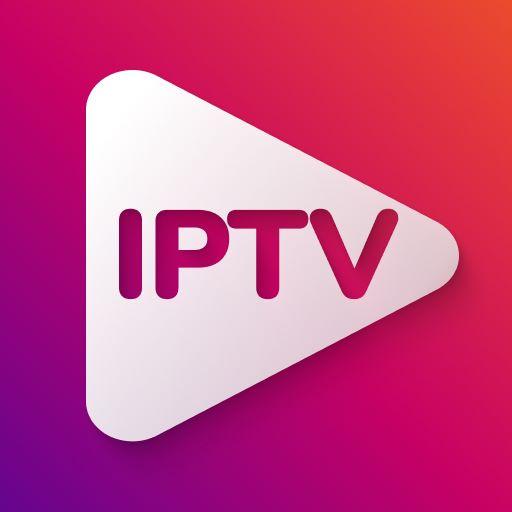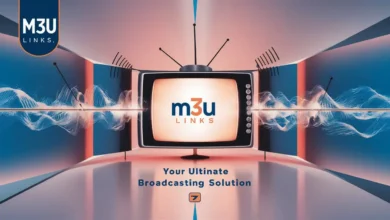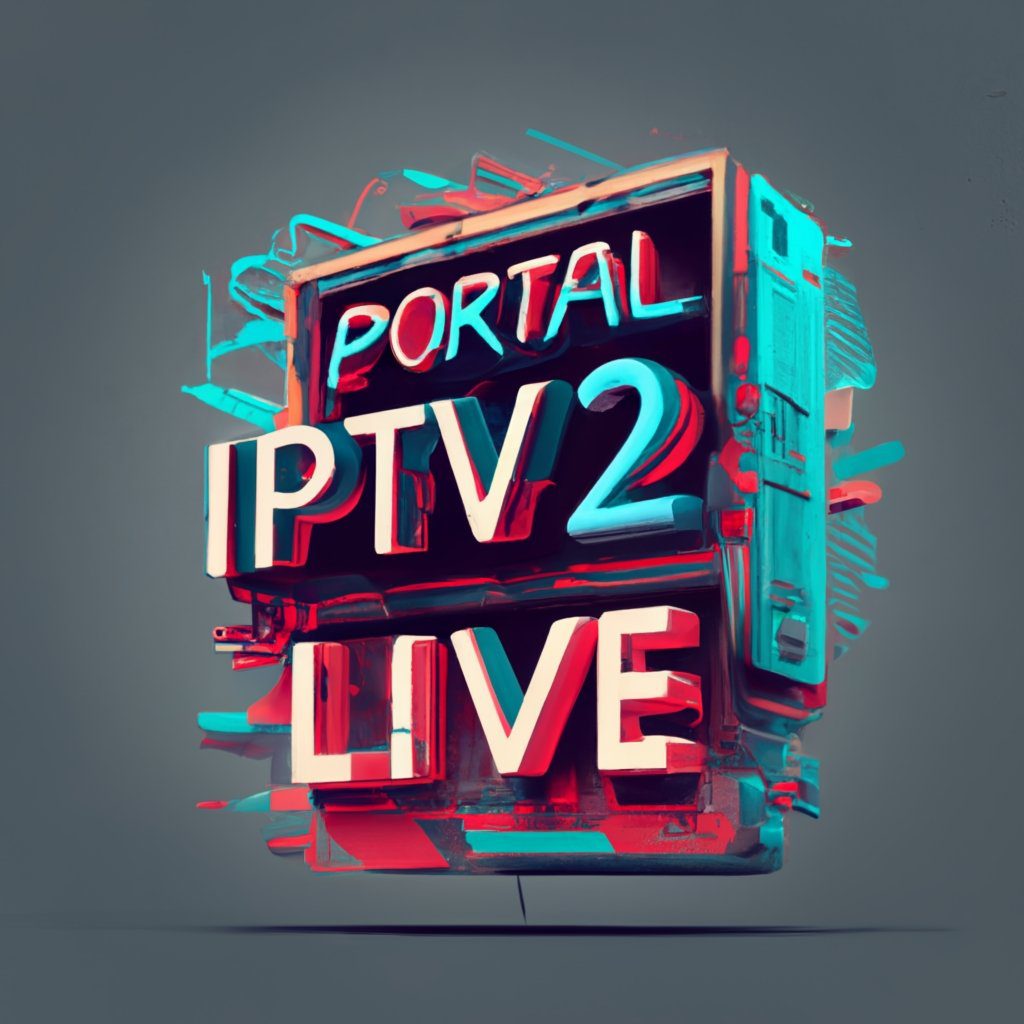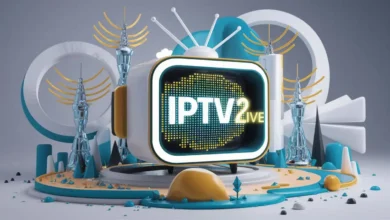
Introduction
In today’s digital age, we are constantly seeking new ways to access and enjoy our favorite TV shows, movies, and sports events. One of the most innovative solutions that has gained significant popularity is IPTV. But what exactly is IPTV, and how does it work? In this article, we will delve into the world of IPTV, providing a comprehensive explanation and overview of this exciting technology.
What is IPTV?
IPTV stands for Internet Protocol Television. It is a technology that enables the delivery of television content over the internet instead of traditional terrestrial, satellite, or cable television formats. With IPTV, users can access a wide range of TV channels, on-demand content, and interactive features, all delivered through their internet connection.
2. IPTV Components
To understand how IPTV works, let’s explore its key components:
Content Provider:
The content provider is responsible for acquiring and curating the TV channels, video-on-demand (VOD) content, and other media. They work closely with broadcasters, production companies, and distributors to ensure a diverse range of content is available for IPTV users.
IPTV Service Provider:
The IPTV service provider is the intermediary between the content provider and the end-users. They manage the infrastructure, including servers, network equipment, and software required to deliver the IPTV service. They also handle customer subscriptions and provide technical support.
Set-Top Box (STB) or IPTV Receiver:
The set-top box is a device that connects the user’s television to the IPTV service. It receives the IPTV signals and decodes them into a format that can be displayed on the TV screen. Modern IPTV receivers often come with additional features like DVR functionality, on-screen program guides, and interactive applications.
3. IPTV vs. Traditional Broadcasting
How does IPTV differ from traditional broadcasting methods? Let’s compare:
Broadcasting:
Traditional broadcasting involves transmitting TV signals over the airwaves (terrestrial), via satellite, or through cable infrastructure. Users receive these signals through antennas, satellite dishes, or cable connections.
IPTV:
IPTV, on the other hand, relies on the internet to deliver television content. Instead of receiving signals through antennas or cables, users stream the content over their internet connection.
4. IPTV Delivery Methods
IPTV can be delivered using various methods, depending on the user’s preferences and available infrastructure. Here are the common delivery methods:
Live Streaming:
Live streaming involves the real-time transmission of TV channels over the internet. Users can watch their favorite shows as they are being broadcasted, just like traditional TV. This method is ideal for live sports events, news broadcasts, and special programs.
Video-on-Demand (VOD):
With video-on-demand, users have the flexibility to choose and watch content whenever they want. They can browse through a library of movies, TV series, documentaries, and other programs and select the ones they wish to watch. VOD is perfect for personalized entertainment and catching up on missed shows.
Time-Shifted TV:
Time-shifted TV allows users to pause, rewind, or fast-forward through TV programs. They can start watching a show from the beginning, even if it has already started airing. This feature gives users greater control over their viewing experience, ensuring they never miss a moment.
5. IPTV Devices
To access IPTV services, users require compatible devices. Here are some common devices used for IPTV:
Smart TVs:
Modern smart TVs come with built-in IPTV capabilities, allowing users to directly connect to IPTV services without the need for additional devices. They offer a seamless viewing experience and convenient access to IPTV channels and content.
Set-Top Boxes (STBs):
Set-top boxes are dedicated devices that connect to the user’s television and provide access to IPTV services. They come in various models and brands, offering different features and functionalities. Some STBs also support additional services like gaming and multimedia playback.
Streaming Devices:
Streaming devices such as Amazon Fire TV Stick, Roku, and Apple TV can also be used to access IPTV services. These compact devices connect to the TV via HDMI and provide access to a wide range of streaming apps, including IPTV apps.
6. IPTV Content
IPTV offers a vast array of content to cater to diverse interests and preferences. Here’s what you can expect from IPTV services:
TV Channels:
IPTV provides access to numerous TV channels from around the world. Users can choose from various genres, including news, sports, entertainment, movies, documentaries, and more. With IPTV, you can explore channels beyond your local cable or satellite offerings.
Video-on-Demand (VOD):
IPTV services feature extensive libraries of on-demand content. Users can browse through movies, TV series, and other programs, and instantly stream them whenever they want. This on-demand library allows for a personalized and flexible viewing experience.
Catch-up TV:
Catch-up TV enables users to watch previously aired programs that they may have missed. IPTV services often provide a selection of recent shows that can be accessed for a limited period, ensuring you never miss your favorite programs.
Interactive Features:
IPTV introduces interactive features that enhance the viewing experience. These can include interactive program guides, on-screen widgets for weather updates or social media, and interactive advertisements. Users can actively engage with the content and have a more immersive experience.
7. Benefits of IPTV
IPTV offers several advantages over traditional broadcasting methods. Here are some key benefits:
Wide Content Selection:
IPTV provides a vast selection of channels and on-demand content, catering to various interests and preferences. Users have access to a diverse range of programs from different countries and genres, ensuring there is always something to watch.
8. How Does IPTV Work?
To understand how IPTV works, let’s break it down into the following steps:
- Content Acquisition: The content provider acquires TV channels, movies, and other media from broadcasters, production companies, and distributors.
- Content Encoding: The acquired content is compressed and encoded into a digital format suitable for transmission over the internet.
- Content Storage: The encoded content is stored on servers, which can be located in data centers or the cloud.
- User Request: When a user selects a channel or content to watch, their request is sent to the IPTV service provider.
- Content Delivery: The IPTV service provider retrieves the requested content from the storage servers and delivers it to the user’s device.
- User Display: The user’s device, such as a smart TV or set-top box, receives the content and decodes it for display on the screen.
- Control and Interaction: Users can interact with the content using their remote control or device interface, accessing features like channel selection, pause, rewind, or on-screen program guides.
- Internet Connection: IPTV relies on a stable and high-speed internet connection for smooth streaming and uninterrupted viewing experience.
Overall, IPTV combines the power of internet technology with traditional television broadcasting to deliver a wide range of content to users.
9. IPTV Protocol
IPTV utilizes various protocols for content delivery. One commonly used protocol is Internet Group Management Protocol (IGMP). IGMP enables efficient multicasting, allowing IPTV service providers to transmit content to multiple users simultaneously.
Another important protocol is Real-Time Streaming Protocol (RTSP), which facilitates the control of media streams. RTSP ensures smooth playback, enabling users to pause, play, or seek within the content.
Additionally, Hypertext Transfer Protocol (HTTP) is used for video-on-demand services, allowing users to retrieve specific content from servers.
These protocols work together to ensure the seamless delivery of IPTV content to users’ devices.
10. IPTV Middleware
IPTV middleware serves as the software bridge between the user’s device and the IPTV service. It provides the necessary functionality and interfaces for users to navigate through the available channels and content.
IPTV middleware offers features such as electronic program guides (EPGs), video-on-demand libraries, parental control settings, and interactive applications. It acts as the user interface, allowing users to access and control the IPTV services conveniently.
11. IPTV Subscription
To access IPTV services, users typically need to subscribe to an IPTV service provider. The subscription grants users access to the available channels, on-demand content, and additional features provided by the service.
IPTV subscription packages can vary in terms of the number of channels, video quality, and additional services offered. Users can choose a subscription plan that aligns with their preferences and budget.
12. Popular IPTV Providers
Several IPTV service providers have emerged in the market, offering a wide range of channels and content. Some popular IPTV providers include:
- XYZ IPTV
- ABC Streams
- Streamz
- IPTV Unlimited
These providers offer various subscription packages and cater to different regions and languages, ensuring a diverse selection of content for users.
13. IPTV on Smart TVs
Many modern smart TVs come with built-in IPTV capabilities. Users can directly access IPTV services through pre-installed apps or by downloading IPTV apps from the TV’s app store. Smart TVs offer a seamless and integrated IPTV experience, eliminating the need for additional devices.
13. IPTV on Smart TVs
Many modern smart TVs come with built-in IPTV capabilities. Users can directly access IPTV services through pre-installed apps or by downloading IPTV apps from the TV’s app store. Smart TVs offer a seamless and integrated IPTV experience, eliminating the need for additional devices.
14. IPTV on Mobile Devices
IPTV services are not limited to television screens alone. Users can also enjoy IPTV on their mobile devices such as smartphones and tablets. By downloading IPTV apps from app stores, users can access their favorite channels and content on the go. This flexibility allows users to watch their preferred shows wherever they are, as long as they have an internet connection.
15. Future of IPTV
The future of IPTV looks promising, with continuous advancements in technology and increased demand for streaming services. Here are some key trends to look out for:
- Enhanced Viewing Experience: IPTV providers are constantly improving the user experience by offering higher video quality, interactive features, and personalized recommendations.
- Integration with Other Services: IPTV is likely to integrate more seamlessly with other digital services, such as video streaming platforms, gaming, social media, and smart home devices. This integration will offer users a unified entertainment experience.
- Expansion of Content Libraries: IPTV services will continue to expand their content libraries, providing users with an even broader selection of channels, movies, and on-demand content from around the world.
- Advancements in Delivery Technology: As internet infrastructure improves, IPTV will leverage technologies like 5G networks and fiber-optic connections to deliver higher-quality streams with minimal buffering.
- Targeted Advertisements: IPTV allows for targeted advertisements based on user preferences and viewing habits, offering a more personalized and relevant advertising experience.
In conclusion, IPTV has revolutionized the way we consume television content by utilizing internet technology to deliver a wide range of channels, on-demand content, and interactive features. With its user-friendly interface and flexibility, IPTV provides a personalized and immersive entertainment experience for the general public.
Frequently Asked Questions (FAQs)
- What devices do I need to access IPTV? To access IPTV services, you can use devices such as smart TVs, set-top boxes, streaming devices, and even mobile devices like smartphones and tablets.
- Can I watch live TV with IPTV? Yes, IPTV offers live streaming of TV channels, allowing you to watch your favorite shows and live events in real time.
- Do I need a high-speed internet connection for IPTV? A stable and high-speed internet connection is recommended for smooth streaming and uninterrupted viewing experience with IPTV.
- Can I customize my IPTV channel lineup? Some IPTV service providers offer customizable channel lineups, allowing you to choose the channels that best suit your preferences. However, it depends on the provider and the subscription package you choose.
- Is IPTV legal? The legality of IPTV varies across countries and jurisdictions. It is essential to ensure that you are accessing IPTV services through authorized and licensed providers to avoid any legal issues.





